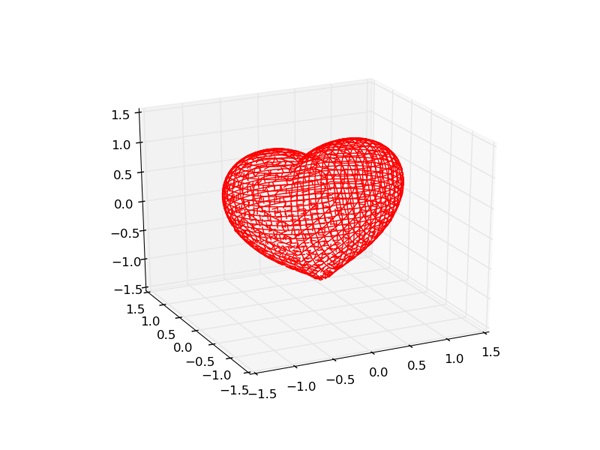Python 迭代,for...in遍历,迭代原理与应用示例
本文实例讲述了Python 迭代,for...in遍历,迭代原理与应用。分享给大家供大家参考,具体如下:
迭代是访问集合元素的一种方式。什么时候访问元素,什么时候再迭代,比一次性取出集合中的所有元素要节约内存。特别是访问大的集合时,用迭代的方式访问,比一次性把集合都读到内存要节省资源。
demo.py(迭代,遍历):
import time
from collections import Iterable
from collections import Iterator
# 有__iter__方法的类是Iterable(可迭代的)。
# 既有__iter__方法又有__next__方法是Iterator(迭代器)。
class Classmate(object):
def __init__(self):
self.names = list()
self.current_num = 0
def add(self, name):
self.names.append(name)
def __iter__(self):
"""Iterable对象必须实现__iter__方法"""
return self # __iter__方法必须返回一个Iterator(既有__iter__方法,又有__next__方法)
# __next__的返回值就是for循环遍历出的变量值
def __next__(self):
if self.current_num < len(self.names):
ret = self.names[self.current_num]
self.current_num += 1
return ret
else:
raise StopIteration # 抛出StopIteration异常时,for遍历会停止迭代
classmate = Classmate()
classmate.add("老王")
classmate.add("王二")
classmate.add("张三")
# print("判断classmate是否是可以迭代的对象:", isinstance(classmate, Iterable))
# classmate_iterator = iter(classmate) # iter()会调用对象的__iter__方法
# print("判断classmate_iterator是否是迭代器:", isinstance(classmate_iterator, Iterator))
# print(next(classmate_iterator)) # next()会调用对象的__next__方法
for name in classmate: # 遍历时会先调用classmate的__iter__方法(必须返回Iterator对象)。
print(name) # 遍历出的name就是返回的Iterator对象的__next__方法的返回值
time.sleep(1) # 当__next__抛出StopIteration异常时,for遍历会停止迭代
运行结果:
老王
王二
张三
demo.py(迭代的应用):
li = list(可迭代对象) # 将可迭代对象转换成list类型。 底层就是通过迭代实现的。
print(li)
tp = tuple(可迭代对象) # 将可迭代对象转换成tuple类型。
print(tp)
# for ... in 可迭代对象 # for遍历也是通过迭代实现的
如上例改写如下:
示例1:
class Classmate(object):
def __init__(self):
self.names = list()
self.current_num = 0
def add(self, name):
self.names.append(name)
def __iter__(self):
"""Iterable对象必须实现__iter__方法"""
return self # __iter__方法必须返回一个Iterator(既有__iter__方法,又有__next__方法)
# __next__的返回值就是for循环遍历出的变量值
def __next__(self):
if self.current_num < len(self.names):
ret = self.names[self.current_num]
self.current_num += 1
return ret
else:
raise StopIteration # 抛出StopIteration异常时,for遍历会停止迭代
classmate = Classmate()
classmate.add("老王")
classmate.add("王二")
classmate.add("张三")
li = list(classmate) # 将可迭代对象转换成list类型。 底层就是通过迭代实现的。
print(li)
输出:
['老王', '王二', '张三']
示例2:
class Classmate(object):
def __init__(self):
self.names = list()
self.current_num = 0
def add(self, name):
self.names.append(name)
def __iter__(self):
"""Iterable对象必须实现__iter__方法"""
return self # __iter__方法必须返回一个Iterator(既有__iter__方法,又有__next__方法)
# __next__的返回值就是for循环遍历出的变量值
def __next__(self):
if self.current_num < len(self.names):
ret = self.names[self.current_num]
self.current_num += 1
return ret
else:
raise StopIteration # 抛出StopIteration异常时,for遍历会停止迭代
classmate = Classmate()
classmate.add("老王")
classmate.add("王二")
classmate.add("张三")
tp = tuple(classmate) # 将可迭代对象转换成tuple类型。
print(tp)
输出:
('老王', '王二', '张三')
更多关于Python相关内容可查看本站专题:《Python数据结构与算法教程》、《Python Socket编程技巧总结》、《Python函数使用技巧总结》、《Python字符串操作技巧汇总》及《Python入门与进阶经典教程》
希望本文所述对大家Python程序设计有所帮助。

